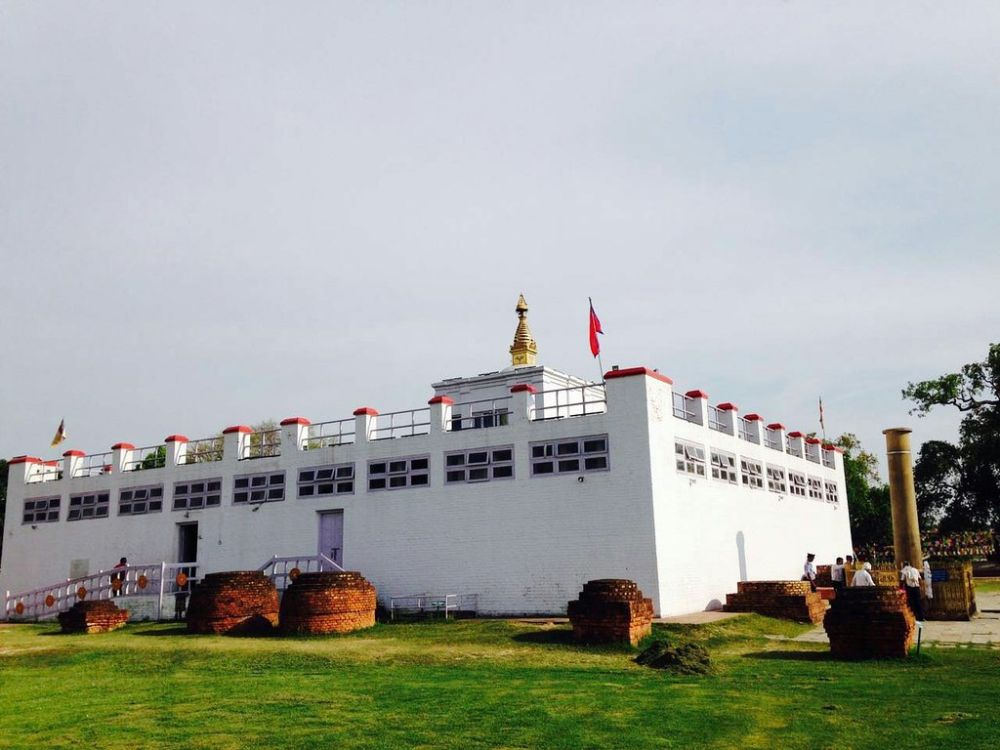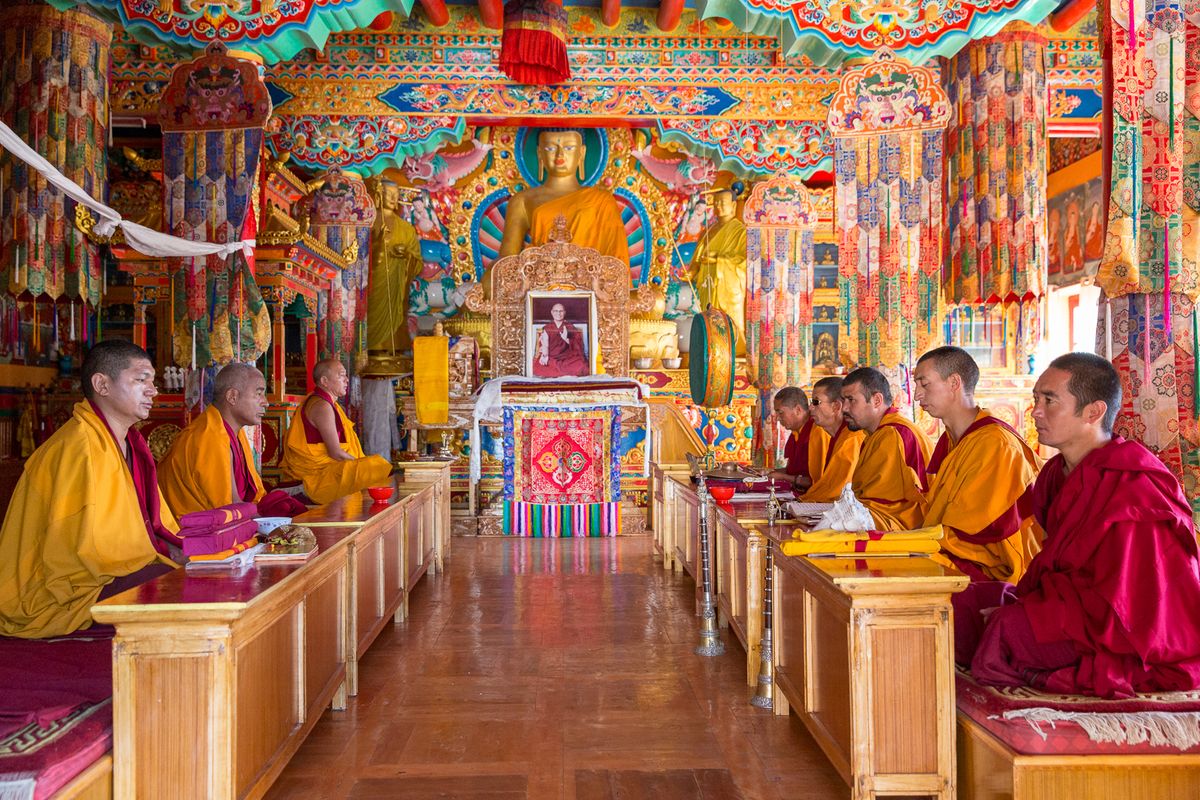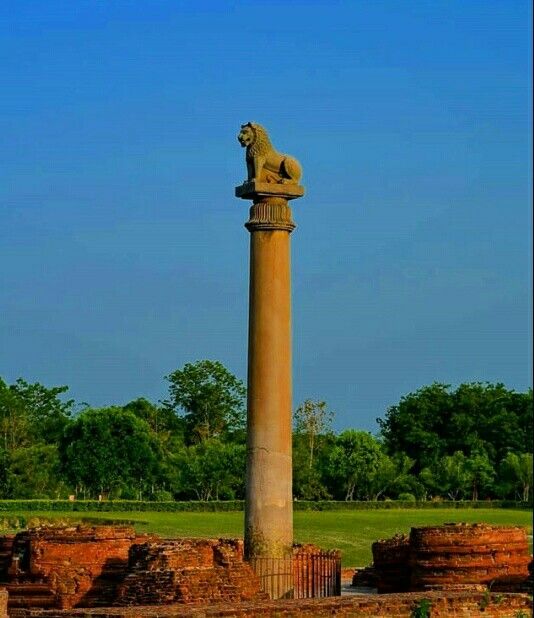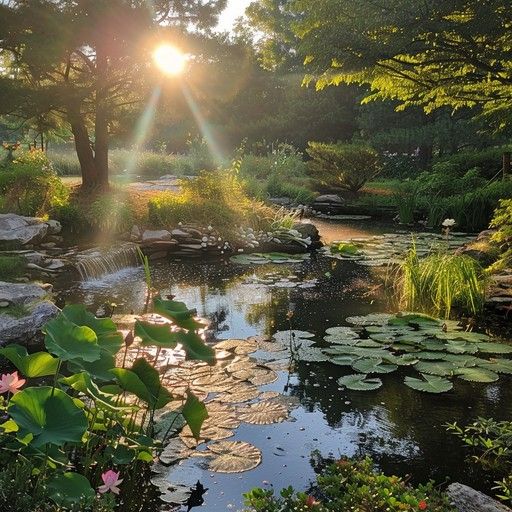Lumbini – Birthplace of Buddha
Nepal's Spiritual Heart and UNESCO World Heritage Site
Connect with the roots of Buddhism at the sacred place where Siddhartha Gautama was born.
Explore Sacred LumbiniHighlights – Why Visit Lumbini?
Maya Devi Temple
Marks the exact birthplace of Siddhartha Gautama.
Ashokan Pillar
A historic 3rd-century BCE confirmation of the site.
Global Buddhism
International monasteries built by Buddhist nations worldwide.
Spiritual Peace
Peaceful gardens, meditation centers, and sacred ponds.
UNESCO Heritage
A UNESCO World Heritage Site with global spiritual significance.
Accessible Hub
Hub for spiritual, cultural, and historical tourism via new international airport.
Maya Devi Temple & Sacred Garden
At the heart of Lumbini lies the Maya Devi Temple, marking the exact spot where Queen Maya Devi gave birth to Siddhartha Gautama around 563 BCE. The temple complex preserves ancient ruins and stone carvings that depict the Buddha’s birth. Nearby, the Sacred Garden and Pushkarini Pond—where Maya Devi is said to have bathed—offer a peaceful environment for reflection. This sacred core is the spiritual highlight of any visit to Lumbini.

Monastic Zone & Global Buddhism
Lumbini’s Monastic Zone is a unique feature where Buddhist communities from around the world have built monasteries in their own cultural architectural styles. From Thailand and Myanmar to Japan, China, and Germany, these monasteries showcase the diversity of Buddhist traditions. Walking through this area feels like a global journey of Buddhism, offering travelers insight into its evolution and practices across cultures.

Ashokan Pillar & Historical Significance
The Ashokan Pillar, erected in the 3rd century BCE by Emperor Ashoka, remains a key historical landmark of Lumbini. Its inscriptions confirm Lumbini as the birthplace of the Buddha, making it an invaluable archaeological and religious site. Alongside the pillar, excavated ruins and heritage markers further establish Lumbini’s ancient significance in global history and pilgrimage routes.

Spiritual & Meditative Experiences
Beyond its monuments, Lumbini offers a deep sense of peace and spiritual connection. Meditation centers and retreat spaces invite visitors to pause, reflect, and embrace mindfulness. Pilgrims from all over the world gather here for prayers, rituals, and teachings, creating a uniquely international yet tranquil atmosphere. Whether you are a devout Buddhist, a curious traveler, or a seeker of peace, Lumbini offers a transformative experience.

FAQs – Lumbini, Nepal
Q1. Where is Lumbini located?
Lumbini is in the Rupandehi District of Nepal’s Terai plains, near the Indian border.
Q2. How can I reach Lumbini?
You can fly to Gautam Buddha International Airport (near Bhairahawa) or take a road journey from Kathmandu, Pokhara, or Chitwan.
Q3. What is the best time to visit Lumbini?
October to March offers pleasant weather, making it ideal for sightseeing and meditation retreats.
Q4. Do I need to be Buddhist to visit Lumbini?
No—Lumbini is open to all travelers, regardless of faith, who wish to learn, explore, or find peace.
Q5. How long should I spend in Lumbini?
A minimum of 1–2 days is recommended to explore the Maya Devi Temple, monasteries, and meditation spaces.
Q6. Is Lumbini part of the Buddhist pilgrimage circuit?
Yes, Lumbini forms one of the four major pilgrimage sites of Buddhism, along with Bodh Gaya, Sarnath, and Kushinagar in India.
Step into the Heart of Buddhist History
Lumbini is a living symbol of peace and spiritual awakening. Plan your journey to Nepal’s profound heritage.
Plan Your Spiritual Tour